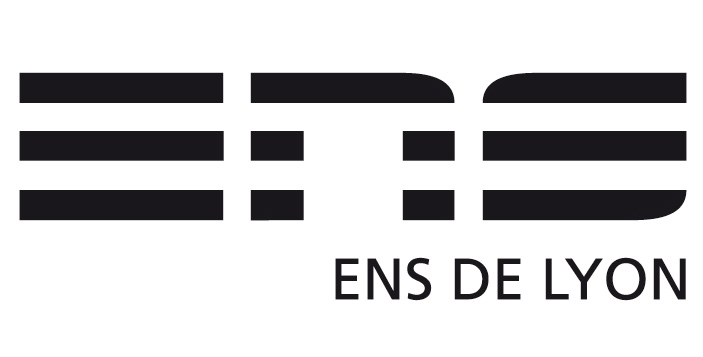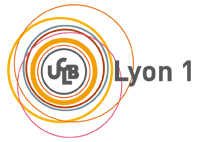Responsive molecules and supramolecular materials
C. Bucher, F. Chevallier, D. Frath, L. Guy
Chiroptical Materials
The term "chiroptic" refers to the specific interactions of chiral objects (nanoparticles, molecules or supramolecular assemblies) with light leading to circular dichroism (CD) and/or circularly polarized luminescence (CPL) (...) Read more
Electrocatalysis
Read more
Host-Guest Self-assembly
Read more
Magnetic Switch
Magnetic switch Read more
Soft-materials
Read more



